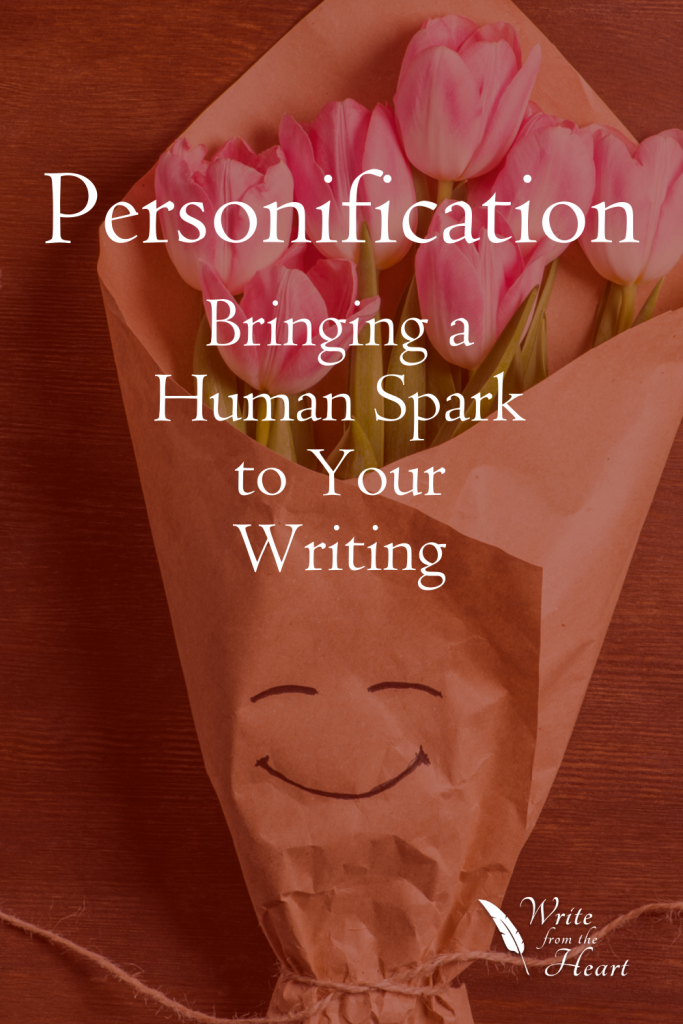
Have you ever used personification? As a student, you’ll come across many fresh writing tools that can help your writing have a more natural feel. Some of these, you may already use without knowing what they are. For example, hyperbole is a method of expressing a fact or idea in an inflated way. We use hyperbole when we say things like “I’ve been walking all day,” when really, you only walked for about forty-five minutes.
Personification is also a writing tool, one that many authors use to share a more vivid image or emotion with their audience. Personification can also give your writing a little more pizzazz than it would with plain, gray descriptions.
What is personification, exactly?
Personification is a writing tool that assigns a human quality to something non-human, like an animal, object, or sensation. For example, “The grass reached its blades above the sidewalk, stretching upward, joyful for those sunny skies after a long month of rain.” Grass can’t really reach or stretch, especially not with joy. But, many readers can empathize with the feeling of freedom that comes after a series of rainy days. That’s what personification does; it makes the writing relatable, and that makes it vibrant.

Why is it useful?
Personification links the reader to the action. It pulls them in with something familiar—no matter how figurative the expression might be—by describing something most people have already experienced. Now, they can taste, touch, feel… keeping up with the scene, visualizing everything with their own sensory memories. The connection between the writer’s word choice and the reader’s own understanding makes the passage more natural, more believable.
What types of writing use personification?
You have probably noticed how expressive song lyrics can be. Some famous songs have lines with personification that many writers overlook when they’re happily singing along: For example, this one comes straight from Michael Jackson’s, “Thriller”: “You start to freeze as horror looks you right between the eyes.”
Aside from poetry, personification is also useful in narratives and fiction to get a more effective reaction from the audience. If an author’s goal is convincing the reader to keep turning pages, then a connected reader is much more likely to stay with the story than one who hasn’t been provided all the same levels of description.
We might even use personification to enhance fictional texts! Just because we’re writing a serious essay in a formal tone, it doesn’t mean it has to be boring. Figurative language can make a great addition. For instance, imagine that you’re writing an essay talking about WWII. You might talk about how “patriotism called many men to arms” or how “the u-boats lurked beneath the surface of the waters.”
Personification is a fantastic tool that you can utilize in just about any style of writing. It allows you to open doors to the imagination, helping the reader think and feel whatever you want to share. Learning to identify with your audience is the first step in effective writing. But, learning to develop your skill so that others can identify with your writing is a step toward powerful writing.
Try personification; your words just might leap off the page.


